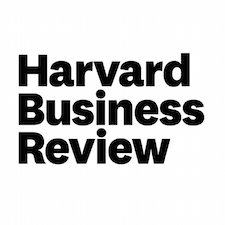Let’s just invest in what’s working. The idea is intuitive and compelling, especially in this time of constrained resources. If social-purpose organizations are generating superior results, we should support them financially so they can expand and more people can benefit. Sadly, this rarely happens.
Because we don’t have evidence of what works and what doesn’t, few organizations grow very large.
The basic facts were established in a 2012 study by The Bridgespan Group in the Stanford Social Innovation Review, which looked at the more than 200,000 nonprofit organizations founded between 1975 and 2008 to determine how many had grown to $50 million or more in annual revenues. The answer? Just 1%.
How one interprets this finding largely depends on whether you see the glass as 99% empty or 1% full. I’ll start with the good news–some organizations did succeed in growing a lot bigger. So it can be done.
The bad news centers on two simple truths. 1% is far too few if we hope to build strong organizations that can address big problems. Secondly, and more troubling, we don’t have any idea if this 1% comprised the organizations making the most actual impact.
Indeed, it is entirely possible that what most distinguished the scalers from the non-scalers was simply their skill at getter bigger.
So why don’t the best social-purpose organizations grow?
First off, growing any type of organization—for-profit or mission-driven—is tough to do. However, my experience also showed me that there’s a critical issue holding back those who want to do good: Lack of evidence.
If you can’t tell which organizations or models are truly generating social impact, you can’t know which warrant investment. Yet there is an astonishing dearth of reliable evidence on the performance of different programs, practices, and approaches for solving social problems.
Funders and investors are making decisions in the dark.
They don’t typically demand proof that an innovation is working. Even where evidence does exist, too many funders, including government agencies and big foundations, still base their decisions on anecdotes, overhead ratios, or the advice of so-called experts.
Assessing impact has always been a major challenge.
It’s hard to do and it can cost a lot. But this is knowledge we have to find and use. Happily, there is an expanding body of knowledge about how to effectively grow different types of models and organizations.
We’re making some progress towards the vision of builder bigger, stronger, higher-impact organizations. But government and philanthropy need to get a whole lot better in finding and using evidence to invest in the best.
This is an excerpt from the full article, which can be found here





